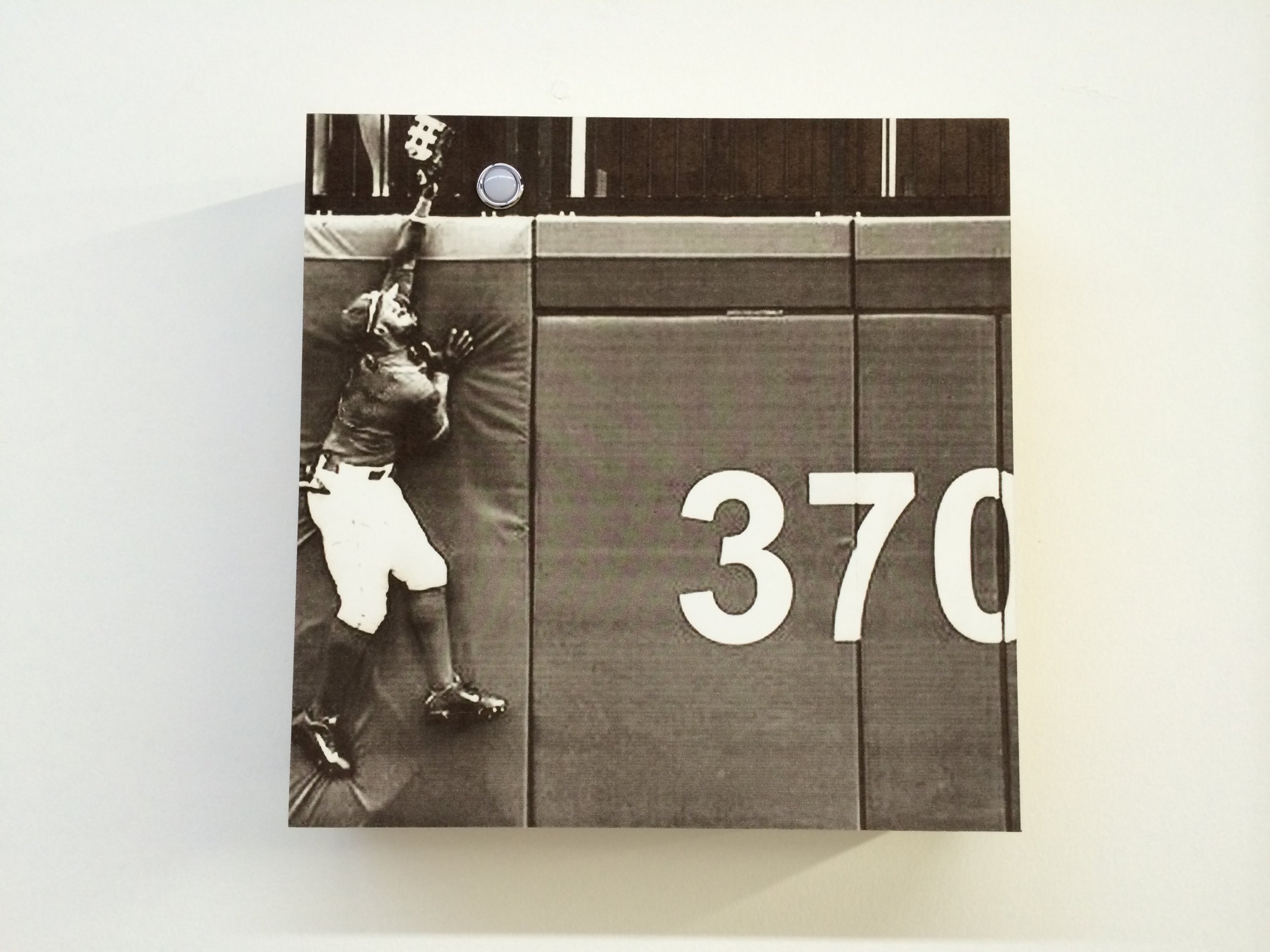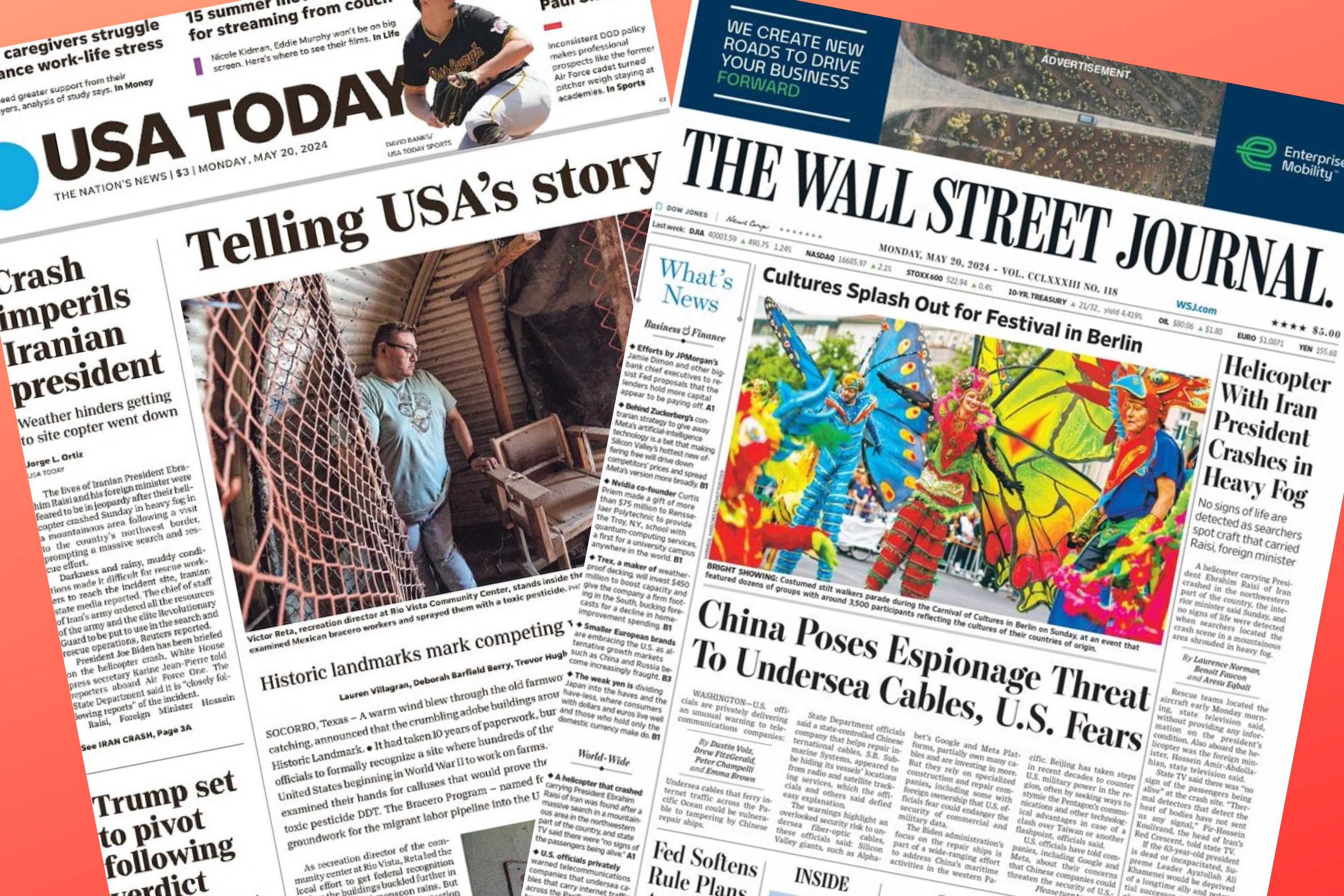
We can thank the Reds for the Evergreen innovation of the Emerald City. It was Sputnik that pushed Seattle into the 21st century. In the middle of the Cold War arms race with the Soviets, Boeing put the place on the map as an aerospace city. And in 1959, when a Western International Hotel executive named Edward E. Carlson doodled a "space cage" on a coffeehouse napkin, he hoped it would be the ultimate symbol for Seattle futurism. Three years later, at the 21st Century Exposition World's Fair, the napkin morphed into the 605-foot-tall Space Needle. It's still the city's foremost landmark.
Today Seattle is so speckled with construction cranes that the observation tower is more like a Space Needle-in-a-Haystack. Of the country's 50 most populous cities, it's the fastest growing. We can thank the tech world—Amazon, Expedia, HBO Go, Microsoft, et al.—for that. The snarky slogan of the once infamous 1971 Recession billboard "Will the Last Person Leaving SEATTLE—Turn Out the Lights" is long-forgotten. The city is now truly sleepless.
This may help explain why Seattle's Center on Contemporary Art (COCA) chose "The More Things Change" as the theme for its new group show of local artists. The exhibit, which opened on February 19 and runs until March 13,is almost entirely interactive: visitors are encouraged to push buttons on boxes that talk back, manipulate the laser-like beams of a projection on the ceiling, become studio audience members on a film set and rearrange miniature bushes and figurines in a model of a dystopian landscape. Artist Ben Sarao creates globular, Art Deco–style sculptures using Microsoft's "300+ year archival gold CD-ROMs." The implicit irony is the once futuristic Art Deco looks retro and dated, and flash-in-the-early-2000's-pan CD-ROM technology is now useless, despite an advertised shelf life of more than three centuries. Considering Microsoft's massive layoffs last year, this may have been intended as a commentary on the company's long-term relevance.
The site of the 1962 World's Fair is now known as the Seattle Center. It includes new buildings like Frank Gehry's Experience Music Project, or EMP Museum, dedicated to Jimi Hendrix and commissioned by Microsoft's Paul Allen. It's no surprise that "More Things Change" features an interactive sound installation by rhetoric professor-turned-Sound Art Labs creator Robert Tucker.

Tucker has spent the past two decades "exploring the relationship between language, meaning and conscious experience." His installation is a collection of 15 works: canvas-colored square and rectangular wooden boxes (most one-foot-tall-by-one-foot-wide and maybe one-inch thick—like an average picture frame). Printed on each box is a black-and-white photographic image—either text, an iconic portrait or well-known picture, or both text and picture—and at least one white plastic button. Pressing the buttons causes various sounds to play, either industrial noises or a word or monologue read by a synthesized female voice (that robotic lady from your early 2000's Dell, not the charming lilt of Siri). One piece is a rectangular box emblazoned with the subject and sender lines of an email Tucker received. Press its button and the body of the email is read—a rejection letter for one of the artist's sound installations. Another piece bears the image of a tree in a forest; the buttons trigger the whirr of chain saws. When exhibited together, with multiple visitors pressing multiple buttons, the resulting metal machine music would make a decent soundtrack to the famous factory scene in Modern Times, Charlie Chaplin's 1936 spoof of modern industrial society.
Uncommon Knowledge
Newsweek is committed to challenging conventional wisdom and finding connections in the search for common ground.
Newsweek is committed to challenging conventional wisdom and finding connections in the search for common ground.
About the writer
Gogo Lidz was 19 when her first feature story was published in the Los Angeles Times in 2004. She wrote freelance for ... Read more





